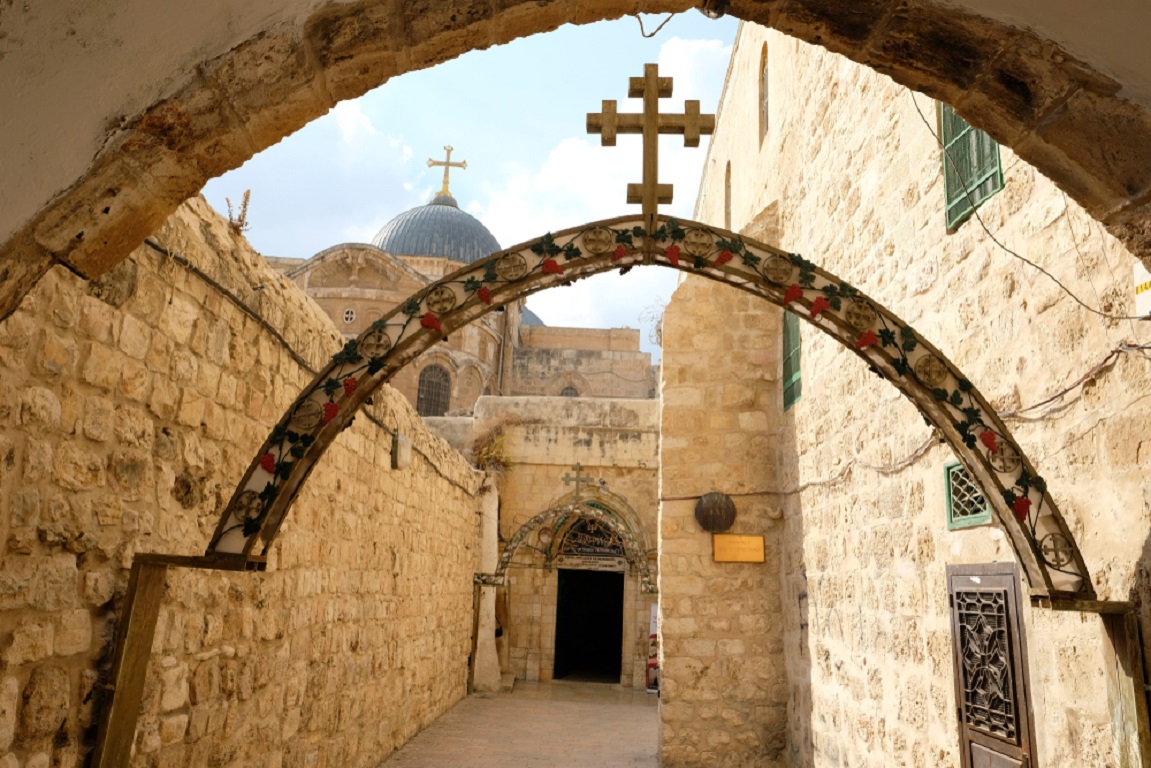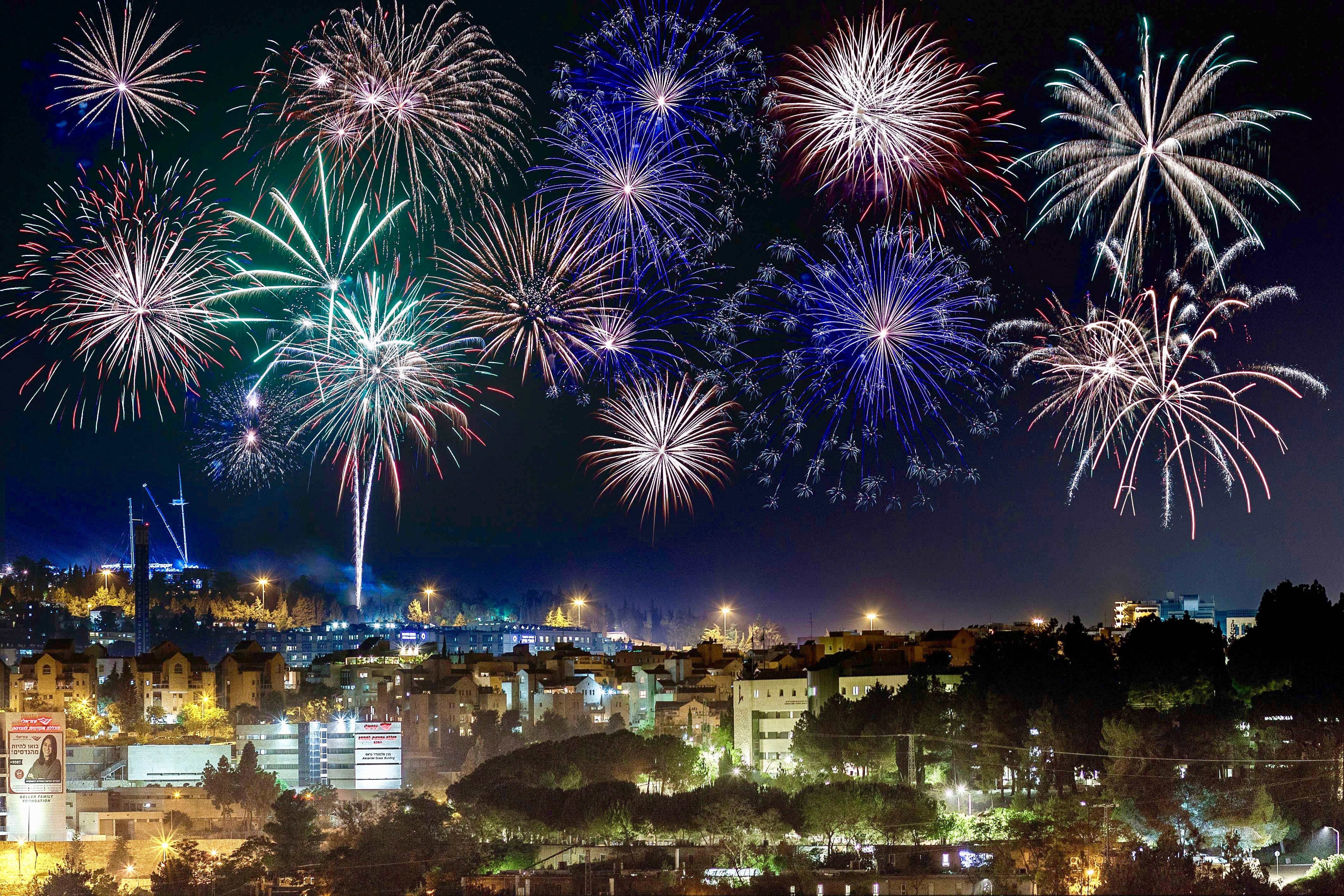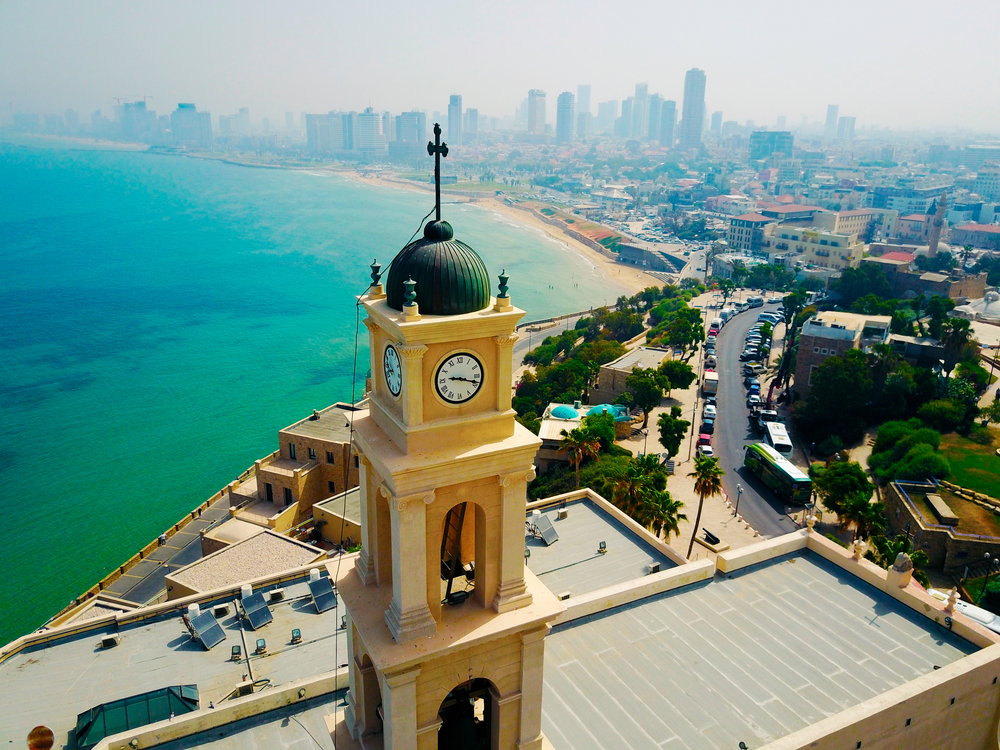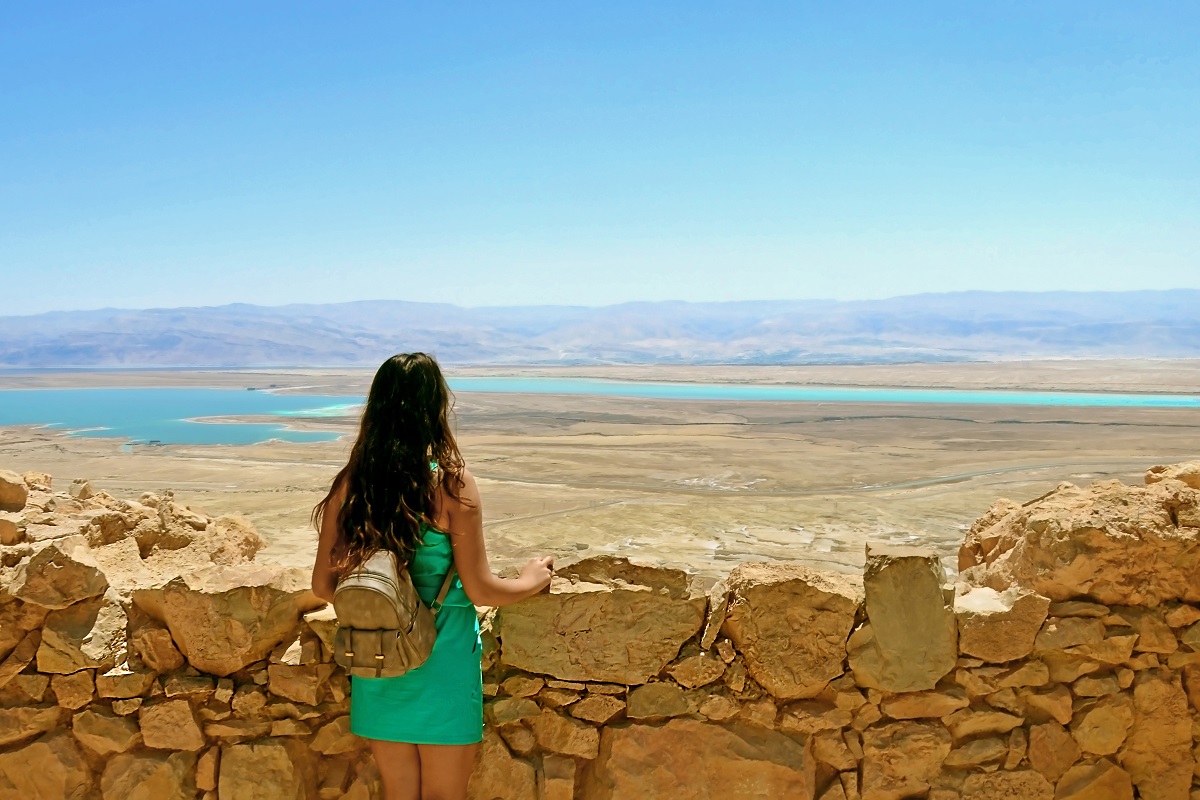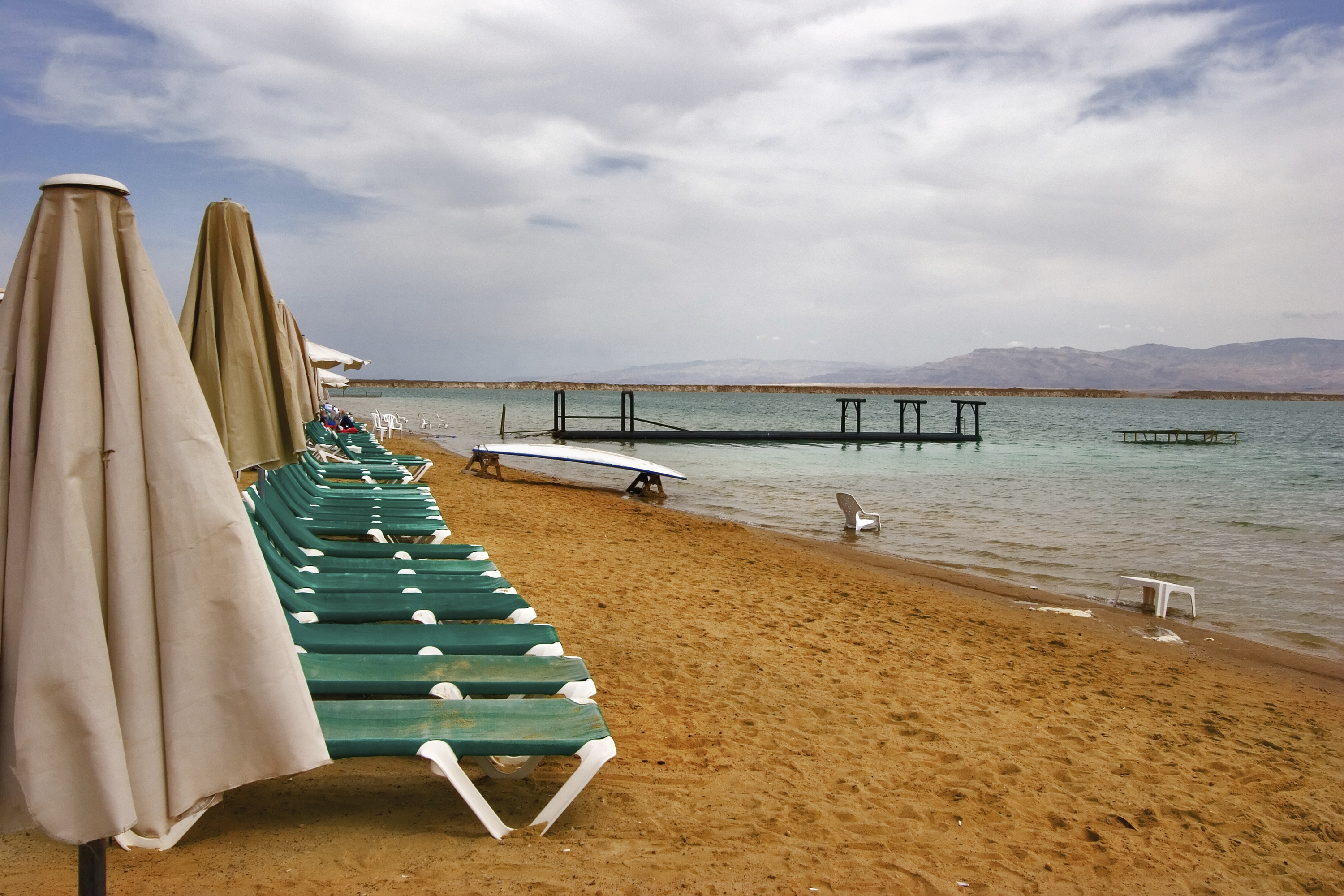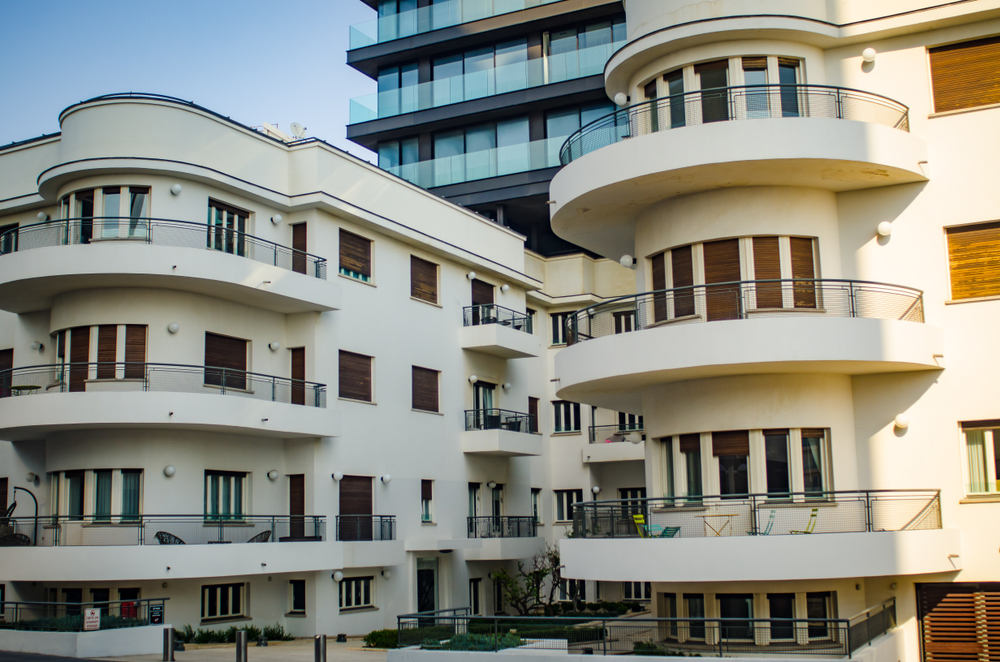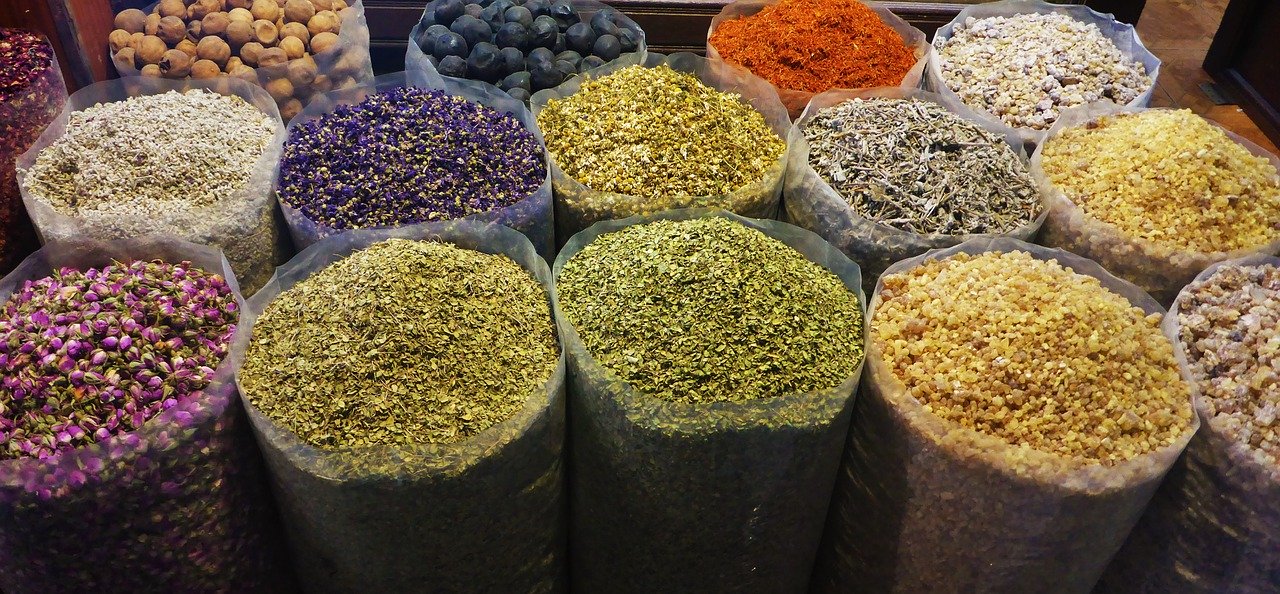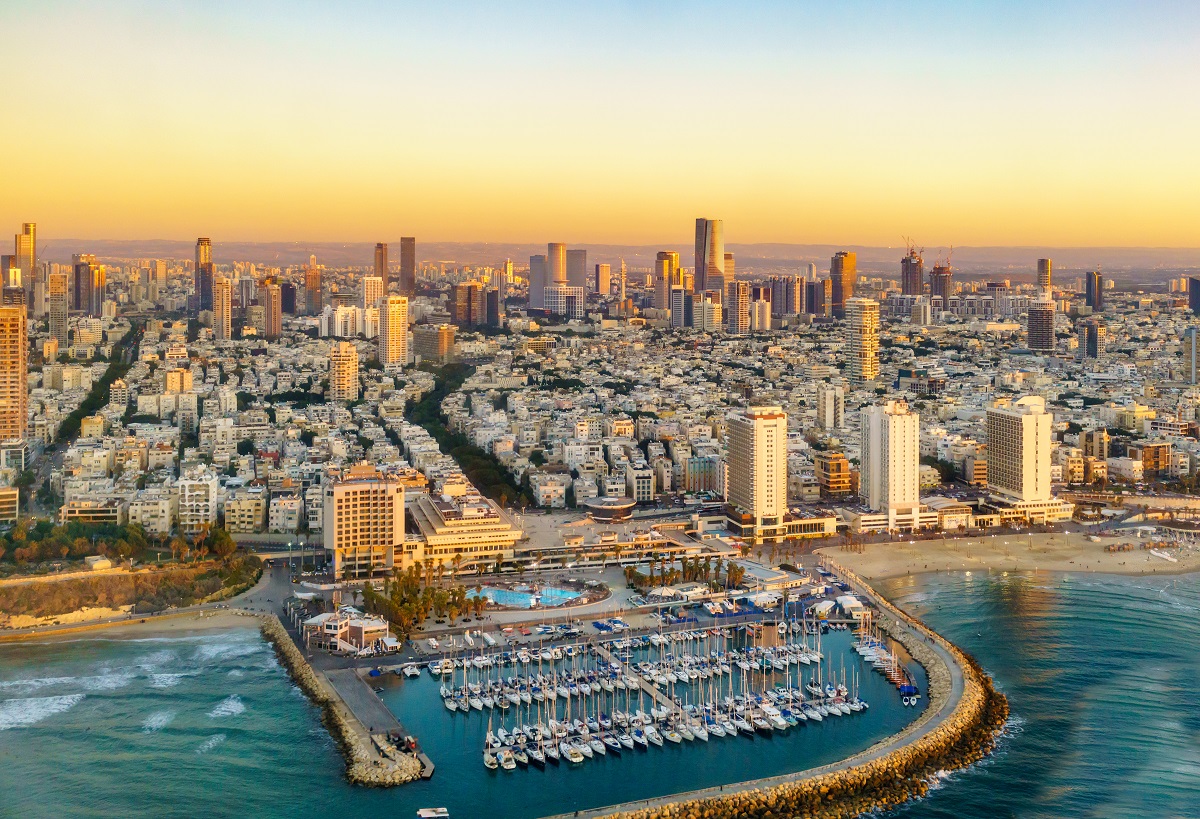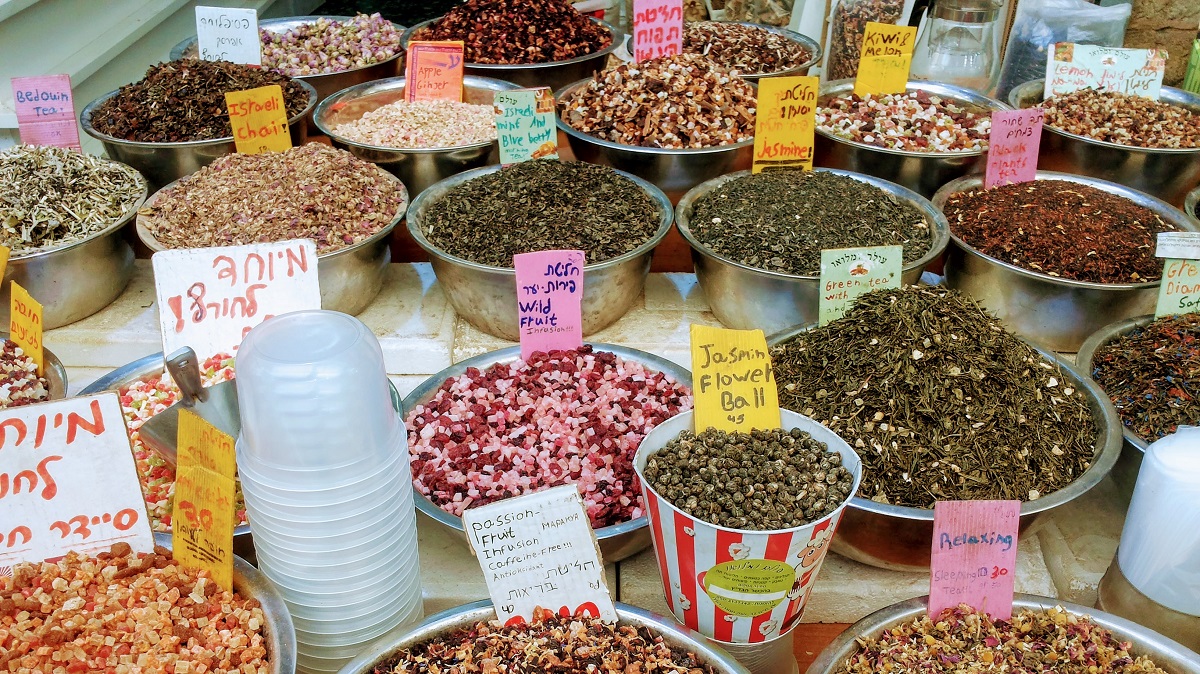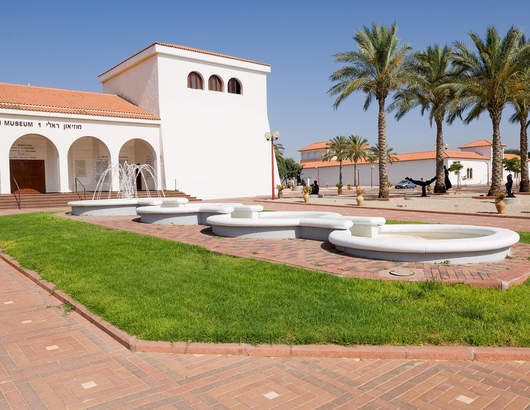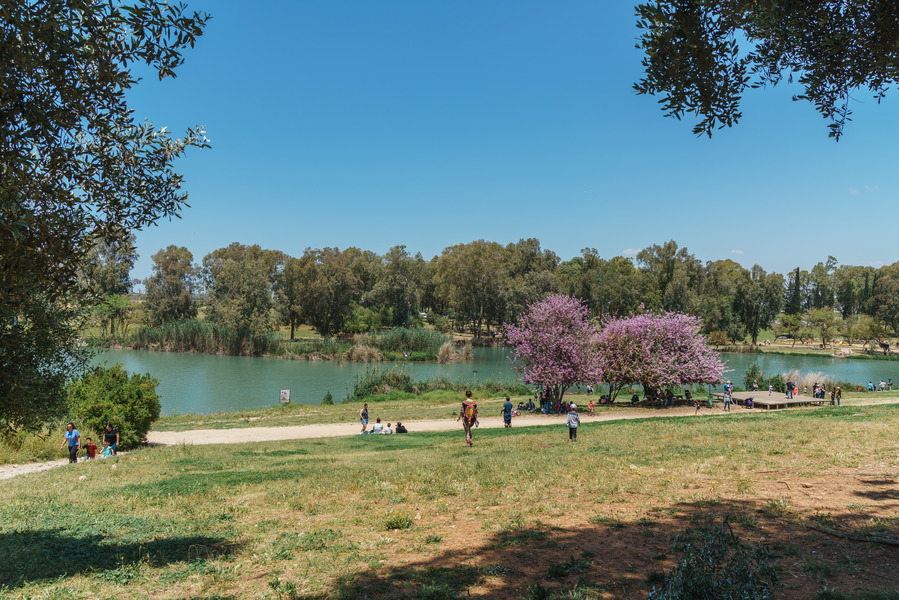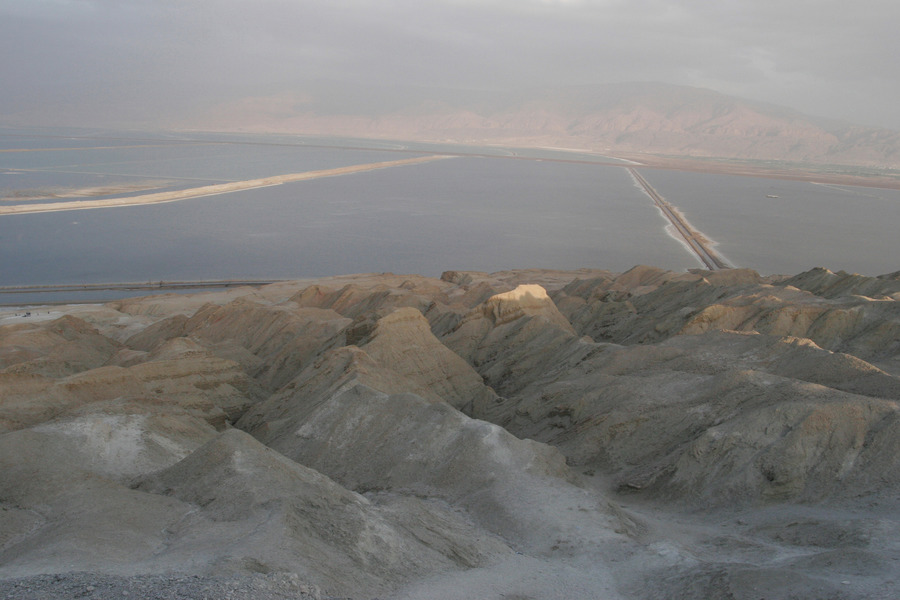Culture and Cultural Events in Israel
When Israelis are asked ‘So what is Israeli culture anyway?” they often laugh. Why? Because it’s a great question and not one that can be answered quickly or easily! Modern Israel is only 73 years old, but the land has been inhabited - by Jews, Muslims, Christians, and Druze people, to name but a few - for thousands of years. From the Crusaders and Saladin to the Mamluks and Ottomans, Israel’s history and culture are rich, varied, and complex.The Roman Amphitheatre of Caesarea. Photo credit: © ShutterstockMany people making their first trip to Israel have a lot of questions about what they experience - the cultural background of Israel: diversity, customs, collectivist lifestyle, cultural values, and etiquette, and how religion and culture are often woven together in this country. It’s hard to answer them easily because - as we said before - you’ll have a different experience walking the streets of the Muslim quarter in Jerusalem, to visiting a Druze village in Galilee - and Christian traditions in Bethlehem and Nazareth at Christmas will bear little resemblance to the celebrations you’ll see over Chanukah in secular Jewish Tel Aviv.We’re also often asked “Is Israeli culture Western or Middle Eastern?” and the answer is ‘both’. Israeli is home to many Arabs (Christian and Muslim) and Sephardic Jews (who hail from North Africa and the Levant) but it’s also home to Jews who emigrated from Eastern and middle Europe - Russia, Poland, Germany, Hungary, etc. The result is an amazing melting pot - you only have to look at Israeli food to see it. From falafel, sabich, and jachnun (Middle Eastern staples) to schnitzel, blintzes and cholent (more ‘German originating’ food) your taste buds are in for a treat.Bowl of hummus.Photo by Sean Bernstein on Unsplash Philosophy, literature, art, and folklore are all prized here - it’s part of a cultural tradition that stretches back to biblical times. Not that this doesn’t occasionally lead to a little culture shock on arrival! Traveling in Israel is a real experience - from haggling at the shuk (market) to grabbing a Turkish coffee in the Muslim quarter of Jerusalem, and from wine tasting in the Galilee to climbing the ancient fortress of Masada in the Judean desert. Israelis are notorious for being outspoken but they‘re also incredibly hospitable - it’s quite common to be invited for a Shabbat dinner by strangers, or ushered into a Palestinian home for tea and cake, after meeting someone for just a few minutes. Below, to introduce you to ‘Israeli culture’ we’re taking a look at some of thecultural do's and don’ts in Israel, the festivals in Israel and other events that take place in the country around the year, and how, if you join one, you’ll see for yourself what makes the place so special.Fireworks in honor of the 70th Independence day, Mt. Herzl, Jerusalem.Photo by Lavi Perchik on Unsplash1. Festival of Lights, JerusalemUsually taking place in June, this wonderful celebration takes place in Jerusalem’s Old City, which is an incredibly atmospheric place even in normal times. Streets are illuminated and it’s possible for people to walk trails festooned with lights, passing by well-known landmarks. Previous festivals have included 3D installations, sound and light shows, and video mappings on the walls of the Old City. The perfect activity for young and old. 2. Jerusalem Day, Old CityJerusalem Day (‘Yom Yerushalayim’) takes place each May and is something of a huge party across the city when people celebrate Jerusalem’s independence. Don’t miss the enormous parade, which passes along the walls of the Old City, with thousands of people dancing, singing, and waving flags. All across Jerusalem, people will be celebrating and there’s often live music and parties, and sometimes even a sunrise celebration in the Old City. Jerusalem Old City market. Photo credit: © Dmitry Mishin3. Adloyada - Holon, Midreshet Ben Gurion (Negev Desert)If you want to party like there’s no tomorrow, then show up in Israel for the Purim festival (February/March) and visit an ‘Aloyada. Trust us, you won’t regret it. ‘Adloyada’ in Hebrew basically means ‘until one no longer knows’ and comes from the rabbinical commandment to drink wine on Purim ‘until one cannot differentiate.’Adloyadas are held all over Israel and are huge, hilarious processions, with a carnival-like atmosphere and enormous floats, where people dance through the streets, singing and making merry. There are giant puppets (often made weeks in advance, by teenagers), live music, and many people show up in fancy and elaborate costumes which they’ve spent many a night sewing themselves. Classic Purim dessert -raditional hamantaschen.Photo bySheri SilveronUnsplashTwo of the most famous are held in Holon (a small city not far from Tel Aviv) and at the Midreshet Ben Gurion (in the Negev desert, close to where Israel’s first Prime Minister - David Ben Gurion- is buried). The latter is put together by high school students, and in a nod to sustainability, all materials used for the floats are either second-hand or can be recycled.So if you want to learn more about Purim (and all the characters from the Book of Esther, which is traditionally read at this time of the year) and also have fun, with jugglers, poets, musicians, and dancers, then head to one. They aren’t just free - they’re a first-hand introduction to authentic Israeli culture!Face Painting Designs for Kids on Purim, Israel.Photo credit: © Shutterstock4. International Arts & Crafts Fair, JerusalemHeld in Jerusalem in the summer, this annual international arts and crafts fair takes place close to Sultan's Pool, which faces the Tower of David and the walls of the Old City. A tradition for 35 years now, handmade jewelry, clothing, and Judaica are quite beautiful and perfect buys if you need a gift to take home with you. (Tip: if you’re in Tel Aviv, also check out the bi-weekly Nachalat Binyamin arts and crafts market, which is proud to host artists who exclusively make their own wares).5. Pride Week, Tel AvivGay Pride Week takes place each June in Tel Aviv, and it’s an incredible occasion. In of the world’s most gay-friendly cities, it includes parties, raves, cultural events, and plenty of sunbathing at the Hilton Beach. Bakeries sell rainbow cupcakes, locals hang rainbow flags from their windows and the week culminates with an enormous Parade on a Friday morning, where up to 250,000 (including some colorful floats) make their way through the city to the seafront.Cultural norms in Israel have changed a lot in the last decade and, in championing the ideals of equality and acceptance, it’s quite acceptable to be ‘out and proud’ in Israel now. Many tourists also choose to combine Pride activities with exploring the cultural landscape,day trips around Israel, or private tours to museums and galleries.Tel Aviv Gay Pride-2018.Photo credit: © Dmitry Mishin6. Laila Lavan, Tel AvivTaking place every June in Tel Aviv, Laila Lavan ‘White Night’ should not be missed. The city literally throws open the doors of some of its most beloved Tel Aviv museums, galleries, and listed buildings, for this festival that goes on until 6 am the next day. In the ‘City That Never Sleeps’ whether you’re into opera, klezmer, cover bands, or Israeli pop stars hosting sunrise concerts by the beach, you’ll definitely find a free attraction that’s worth keeping your eyes open for.7. Karmiel Dance, KarmielKarmiel - situated in northern Israel, between Safed and Acre - comes to life each July with its three-day dance festival, featuring performances in ballet, modern dance, hip hop, and Israeli folk culture. Music, art, and photography all have their part too and the festival attracts both young and old, from both Israel and around the world. 8. Icon Festival, Tel AvivTaking place in October, in Tel Aviv, this is Israel’s premier conference for sci-fi and fantasy lovers. Put together by hundreds of enthusiastic volunteers, it runs for 3 days, holding film screenings, lectures, and competitions. Attendees often dress up in costumes (of their favorite fictional characters) to take part in role-playing games and for those simply curious about sci-fi, the door is open too. So all you Princess Lea, Harry Potter, and Buffy the Vampire Slayer wannabees...you know where to go…!Busking performance in Tel Aviv street.Photo by Jeremy Bezanger on Unsplash9. Midburn, Negev DesertInspired by the iconic Burning Man festival in Nevada, Midburn is a creative free-for-all, in the shape of a 6-day festival held in the Negev desert. Israeli artists, dancers, and performers create a temporary ‘city’. There, they camp in ‘theme tents’ and also build giant installations (some of which are set on fire, at the conclusion of the festival). Full of creative sorts, and not as commercial as many events, Midburn is the place for socially aware, communally-oriented free spirits...and if you don’t believe us, take a look at this video.10. Perseid Meteor Shower, Negev and Arava DesertsEvery summer, in August, there’s a migration of Israelis south - yes, to the Negev desert, all ready to camp out under the stars and see a few perseid meteor showers into the bargain. These showers are caused by streams of debris that comets in space leave behind - and they don’t last too long. The optimal time to catch them is usually between August 8th and 15th, and spots like the Arava desert and Mitzpe Ramon are perfect for this. Some of these places are free (just pitch your tent, or show up with a blanket) whilst others - held on Israeli moshavim and kibbutzim (where people are involved more in communal life) have a nominal fee. This gives you access to musical performances, activities such as basket-weaving and campfire singing, and also stargazing through a telescope. One, in Yeruham (near Beer Sheva) even offers special tours for kids and a ‘night trip’ where you’ll be taught how to locate the North Star. If you’ve ever needed an excuse to disconnect from social media and get back to nature, this is it!Midburn Festival in the Negev desert, Israel.Photo by Yoni Kozminsi on Unsplash11. Dragon Boat Festival, Various LocationsThis Oriental-themed celebration is really taking off in Israel, first held in the Sea of Galilee and, in subsequent years, on the Yarkon River in Tel Aviv and Acre, close to the northern border. WIth boats dressed up as dragons, and Chinese music accompanying them, teams take part in this fun and challenging 2,300-year-old tradition. You’re free to watch the colorful spectacle or actually participate (there are a number of rowing contests!) 12. International Book Fair, JerusalemFirst held in 1963, the Jerusalem International Book Fair is a unique biennial event, taking place in June. It’s not just as a means for publishers to schmooze either - it’s also a fantastic event for anyone who loves printed matter. The fair’s aim is to promote Israeli literature, written by both established and up-and-coming authors, and also give the Israeli public a taste of what’s new in the literature world.13. Eilat Birds Festival, Arava DesertSince 2007 ‘birders’ across the world have been flocking to Israel (excuse the pun!) to spend an unforgettable week following many species of birds as they begin their spring migration. Based in Eilat, on the Red Sea, there are many excursions into the Negev desert, and also a chance to attend the ‘Stars of the Night’ held in the Dead Sea region. This is a festival no budding ornithologist will want to miss! International Book Fair.Photo byRobert AnaschonUnsplash14. Israeli Balloon Festival, GilboaUsually taking place in the summer, and perfect for all the family, this is one event not to miss. Held in the Gilboa, at Maayan Harod National Park, you’ll see all kinds of balloons in the sky and each year the festival has a different theme - glow in the dark, blue, and white (for the colors of the Israeli flag), etc. There are arts and crafts stalls, kids' activities, movie screenings, food stands, and even skydiving displays! And who can resist a day of fun, where all you have to do is look up at giant balls in the sky?15. DLD Innovation Festival, Tel AvivIsrael’s start-up culture is well known across the globe and this hi-tech and innovation conference, usually held each September in Tel Aviv, attracts thousands of high-tech professionals, investors, and entrepreneurs both from inside Israel and abroad. This is a really prestigious event and a great place to go if you’re looking for seed capital, to break into the hi-tech industry, or just to find out more about the movers and shakers all associated with the ‘start-up nation’. And if you’ll learn anything from attending this event, it will be that Israelis are problem-solvers!Maayan Harod National Park. Photo credit: © Yuval Gassar. Published with permission of the Israel Nature and Parks Authority
